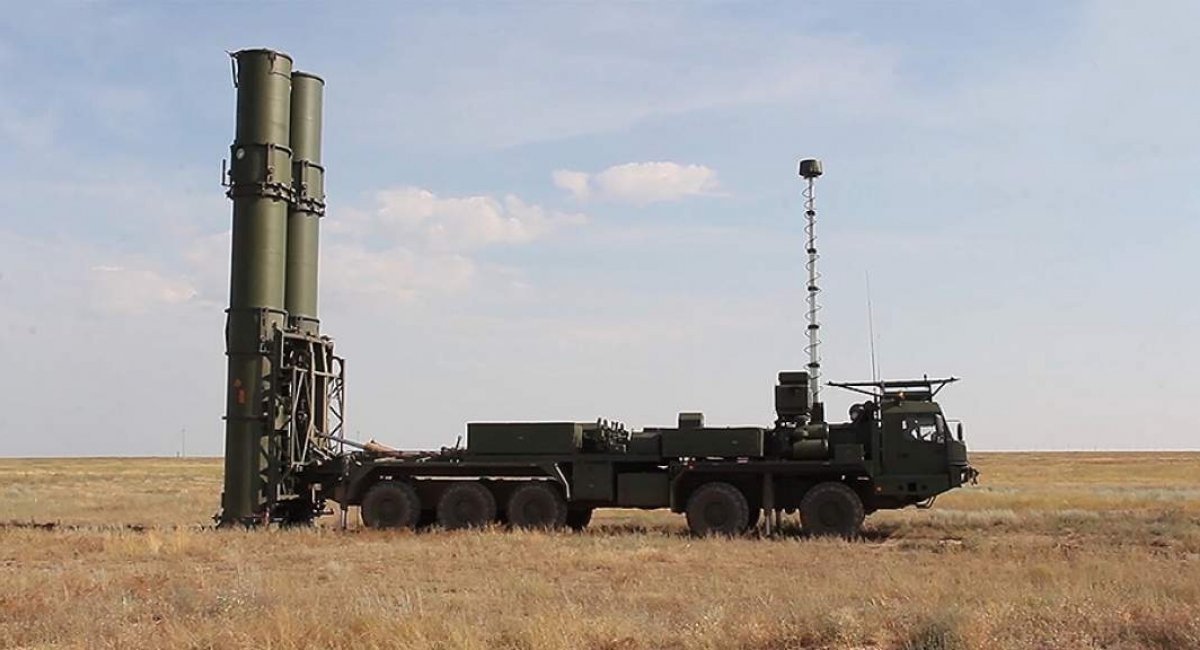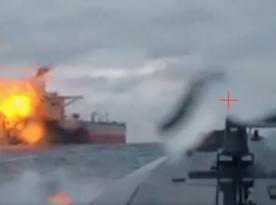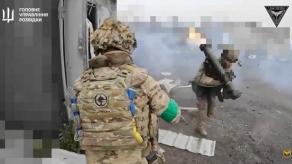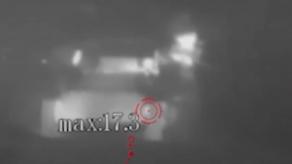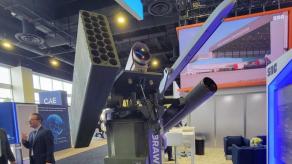russia has once again announced the delivery of the latest Prometheus S-500 surface-to-air missile systems to its troops. This was reported by war criminal and russian Minister of Defense Sergei Shoigu. The russian federation attributes unique capabilities to this system, with a range of 500 or even 600 kilometers, and calls it a fifth-generation SAM, according to a classification that only russians know.
The transfer of such a "unique" air defense system to russian army was first announced in September 2021, as soon as its tests were officially completed. According to russian media, it was a brigade of S-500s that was on combat duty near Moscow.
Read more: Supply of "Partially Modernized" BMD-2 Vehicles to Airborne Forces Was Announced In russia - could it be BMD-2M?
Three years ago russia also declared that Almaz-Antey state-owned company that is developer of the S-500 systems, received a contract for 10 such systems with a delivery plan starting in the first half of 2022. But obviously, something traditionally went wrong with the timing and opportunities.
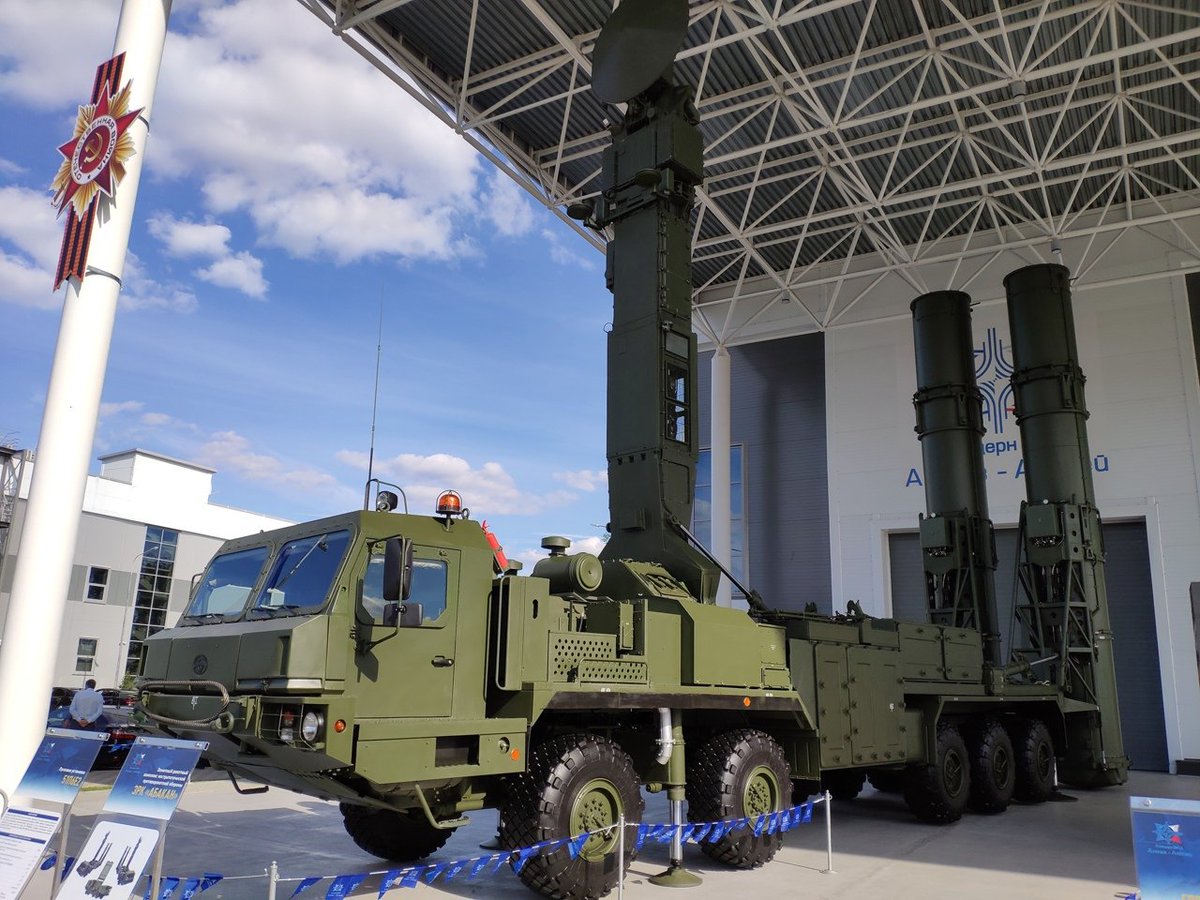
Especially in conditions where russia have created many myths about S-500 SAM system.
In particular, we are talking about a rather long development of system with missile defense capabilities. It began in 2002, and as of 2008, the fourth stage of research and development work was already underway under Vlastelin-TP (Triumphant-Prometheus) code name.
It should be noted that all the developments of the early 2000s in the russian federation are based on the developments of the USSR in the 1980s. Despite this, work on the S-500 system was constantly delayed. The plan was to start testing in 2010 and complete it by 2015, to start serial production in 2014, and complete the delivery of 10 systems by 2020. But according to Kremlin's statements, in fact, everything has shifted for 10 years.

It should be noted that the S-500 is not a new system, but the result of further development of the Soviet S-300V and modernization of the S-300 under the name S-400.
And if we look at the missiles for the S-500 system, we can see the 40N6M missile from the S-400, as well as the new 77N6-N, which is a version of the 9M82 missile from the S-300V, but with a more powerful first stage. The task of the 40N6 is to shoot down aerodynamic targets. However, to use it at a range of 380 kilometers, it is necessary to use A-50 airborne early warning and control aircraft.
The task of the 77N6-N is to fight ballistic missiles. It is declared to have a range of 500-600 kilometers, but this is also a "paper parameter" because the main requirement for this missile is not to hit far, but to work as an anti-missile.
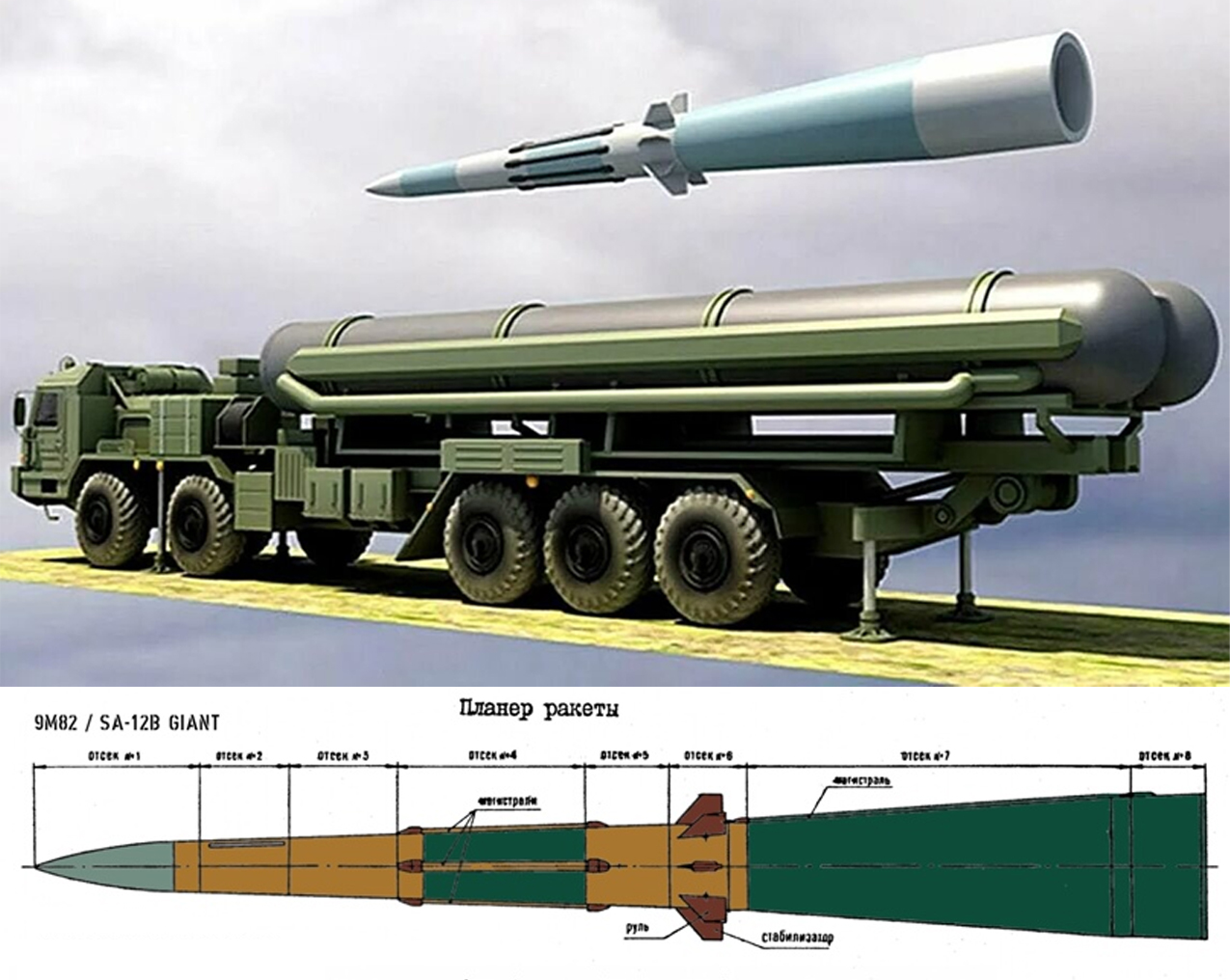
But the main drawback of the 9M82 as an anti-missile is that it does not have a kinetic interception function, but only a close-range detonation function. So, these are Patriot PAC 2 technologies with the GEM-T missile.
There is also the claim that the S-500 can allegedly intercept targets in space, but this is highly skeptical even in russia, as the aerodynamic rudders of the 77N6-N missile hint at the impossibility of exoatmospheric interception. And most importantly, the description of the S-500 SAM system states that its task is to intercept ballistic missiles at their final stages, i.e. in the atmosphere.
As for radars, the 91N6 from the S-400 was supplemented by a 60K6 long-range observation station, 77T6 ABM engagement radar, and 76T6 multimode engagement radar for an unspecified purpose. Their parameters are unknown, but it is stated that they should operate in the X-band. The possibility of simultaneous work on 10 ballistic targets is also declared.
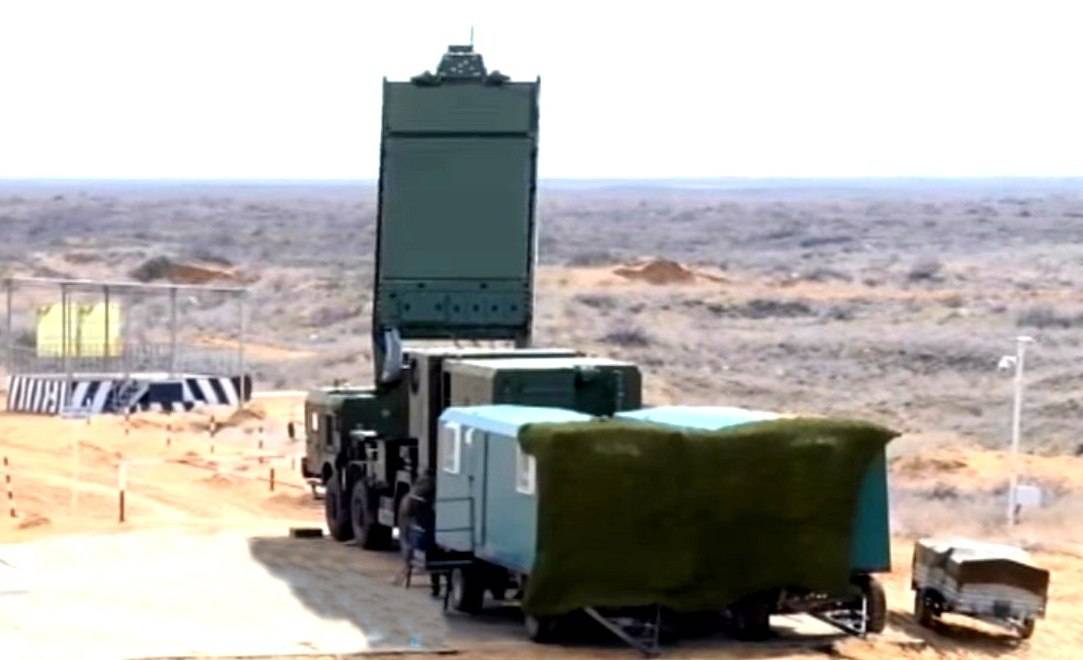
Thus, in this version, the C-500 system does not cause any excitement at all. In fact, it is about the russian federation's attempt to develop and put into service system over several decades, the capabilities of which are disputed. At best, it is about the intention to get something similar to the American THAAD system, but with a 30-year delay.
Moreover, for some reason, the russian federation no longer mentions another S-550 air defense system that should be specialized exclusively in missile defense, which in 2021 was promised to be put into service by 2025.
Earlier Defense Express reported about russian "ingenious" solution against Ukrainian FPV-drones.
Read more: With Chinese Help, russia is Working to Turn Shahed-136 into a Lancet-Type Loitering Munition (Document)




